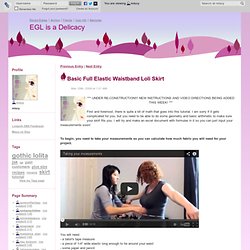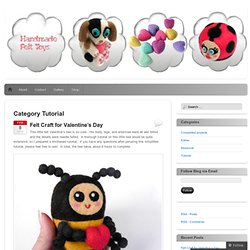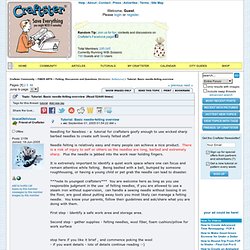

Miss Carol Belle. How to Make a Tricorn Hat. Baby London Star Crappy Tutorial. Sew_loli: Half-Elastic Waistband Tutorial. I’ve wanted to try out this method of sewing half-elastic waistbands with one continuous piece ever since theosakakoneko shared her amazing results here. And boy, I’m never going back. It’s so much easier and cleaner than trying to do the flat section and the elastic section in two pieces, then trying to join them together smoothly. Plus all of my half-elastic brand skirts are sewn like that with a single piece of waistband. Anyhow, I worked up this tutorial so I can share it with everyone. First, make your skirt. As you'll see, because I only had one yard of this fabric and stubbornly wanted to do pintucks anyway, I not only needed to use a white underskirt, the waistband ended up narrower than what I usually make also. EGL is a Delicacy - Basic Full Elastic Waistband Loli Skirt. First and foremost, there is quite a bit of math that goes into this tutorial.

I am sorry if it gets complicated for you, but you need to be able to do some geometry and basic arithmetic to make sure your skirt fits you. I will try and make an excel document with formulas in it so you can just input your measurements soon! To begin, you need to take your measurements so you can calculate how much fabric you will need for your project. You will need:- a tailor's tape measure- a piece of 1/4" wide elastic long enough to tie around your waist- some paper and pencil- and a friend (NO YOU CANNOT MEASURE YOURSELF! SEE VIDEO FOR FULL EXPLANATION). Take measurements in undergarments if at all possible, otherwise only knit clothing is an alternative (think leggings, t-shirts, leotards, swimsuit, etc.).
See kate sew: [make better ruffles] Seam Finishes. Today, I’ll be covering some basic seam finishes. Tomorrow, gear up for self-finished seams. Friday, I’ll be back with some decorative seams which are going to be really fun and I think you’ll have a ball dreaming up where to put those in your next garment. Let’s jump right in – shall we? Machine Zigzag or Straight Stitch Let’s start with one that most people know and do – Machine Zigzag. Use for: lightweight to heavy & bulky fabrics. Pinked For this next seam finish, you’ll need a pair of pinking shears. Use for: firmly woven fabrics. Hand Overcast This next seam finish is done in part with your machine and part by hand. Roundup: Seam Finishing Techniques. Seam finishing is a very important part of sewing. The inside of your garment should be as lovely as the outside. Why? Because finished seams not only look professional, they keep the edges of your fabric from fraying.
If you’ve been attached to your pinking sheers or are looking for a different way to change the look of your seams, try out one of these techniques. We’ve put together some helpful tutorials to get you started. If the technique is new to you, try it out on some scrap fabric first. Bias Bound Seams Bias Bound Seams, version 2 Mock Flat Fell Seams Flat Fell Seam with Felling Foot. Tutorial » Handmade Felt Toys. I really, really, really wanted very small felt beads for a couple of my felted projects and I finally had the time to practice my wet felting skills.

About 30 or 40 attempts later and I’ve got a working method. As a result, today’s tutorial is wet felted beads! The washing machine works great for larger wet felted balls but tiny beads under 1/2 in. don’t really work well using that method. Needle felting doesn’t work well either, unless you want bandaids all over your fingers! So, wet soapy, possibly dishpan hands are necessary to complete this task! Let’s Go . . . Lightly needle felting the loose ball can help with the wet felting process; but it is completely optional. The small light green ball was needle felted first and the teal ball was not.
Once the loose balls are formed, prepare the necessary materials. . . a bowl of cold water with ice, a small dish of soap, and boiling water. Drop the wool ball into the boiling water, then submerse it with a spoon. Tutorial: Basic needle-felting overview - FIBER ARTS. Lets start needling --- Make a needle felt ball - to store your needles or to use as a bead.

Step 3 ------ Organize your tools and fibers Step 4 ------ Start needling A good first project for both getting the feel of the needle, the fiber and developing your needle style is making a ball. One with a final size of a ping pong or golf ball, or at least a big shooter marble. I know, I know it isn’t flat - but still it is the place to begin, you will spring on to flat and to 3D easily after making a ball. Trimmings. ZASSHIKO - Merging Design and Fashion together. Gertie's New Blog for Better Sewing. Sewing Patterns For Beginners.